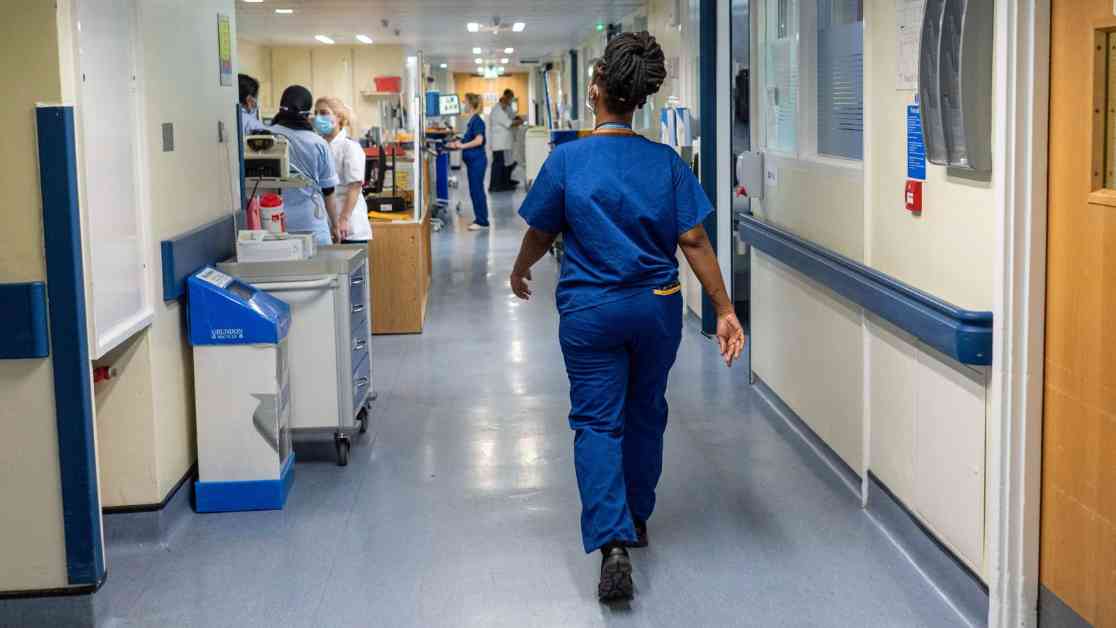The recent increase in long A&E waits in England has raised concerns about the potential for a winter healthcare crisis. In October, 49,592 people had to wait more than 12 hours in A&E departments, marking the third-highest number on record. This surge in long waits comes as experts warn of patients spending extended periods on trolleys in corridors.
The data indicates a concerning trend, with waits of four hours or more also on the rise, reaching 148,789 cases. While 73% of patients were seen within four hours, this percentage has dropped from the previous month. NHS leaders are bracing for a challenging winter, with record-high A&E attendances and ambulance response times slipping in October.
Patricia Marquis, from the Royal College of Nursing, highlighted the severity of the situation, referring to it as a “corridor care disaster.” She expressed particular concern about patients waiting to be discharged due to a lack of community care support. Additionally, cancer care targets were missed, with delays in urgent referrals and definitive treatments.
Despite these challenges, there have been some improvements in healthcare services. The waiting list for routine treatments has decreased, with fewer patients waiting for extended periods. However, the NHS faces unprecedented pressure heading into winter, with fears of services being overwhelmed and potentially falling into crisis.
Health Secretary Wes Streeting has announced measures to hold failing hospitals accountable and ensure improvements are made. While these efforts aim to address immediate issues, some experts argue that the focus should be on delivering effective solutions on the ground. Dr. Vicky Price emphasized the importance of prioritizing meaningful interventions over punitive measures like league tables and penalties.
As the healthcare system braces for a demanding winter, it is crucial for patients to use emergency services judiciously and seek alternative care options when appropriate. With record-high wait times and increasing pressures on NHS services, a collaborative effort from healthcare providers, policymakers, and the public is needed to navigate the upcoming challenges and ensure timely and efficient care for all patients.













